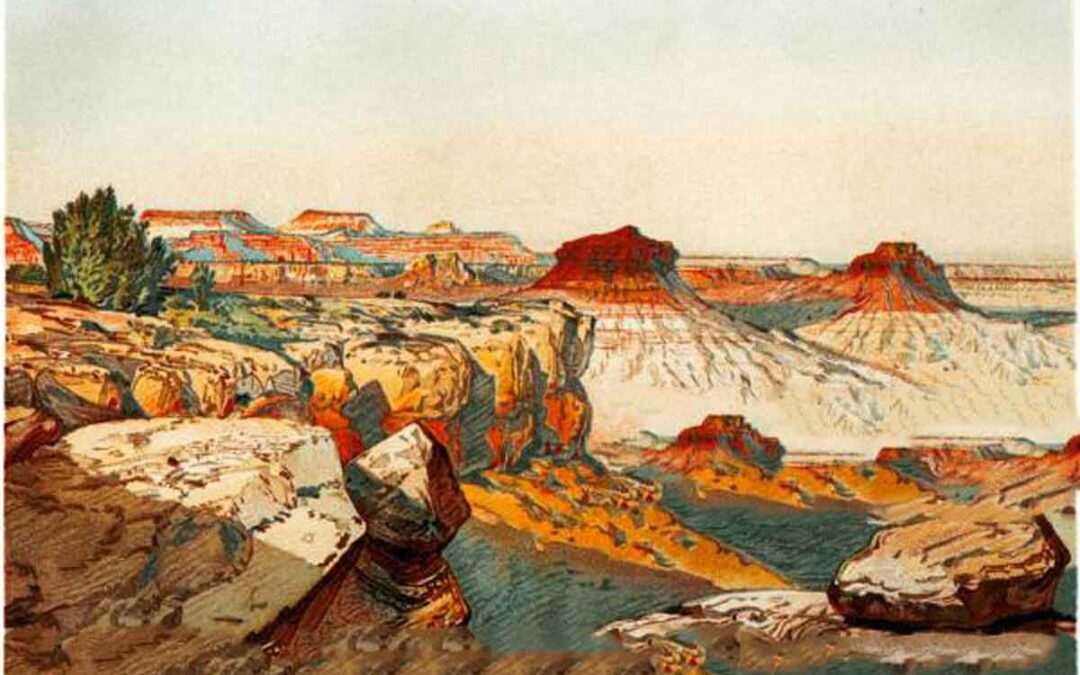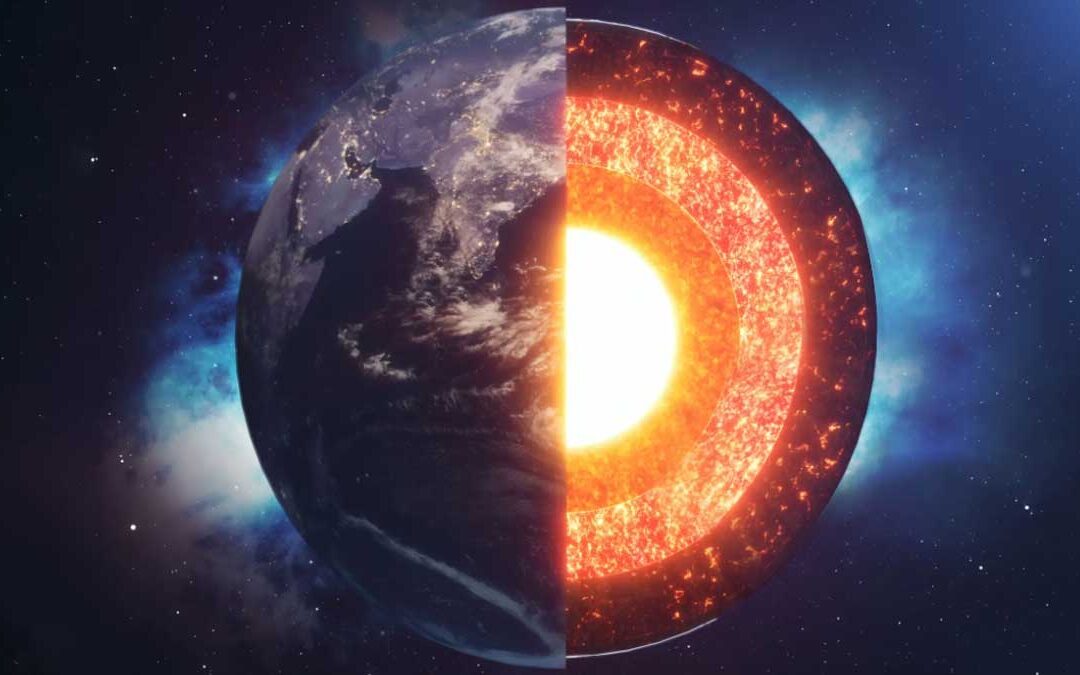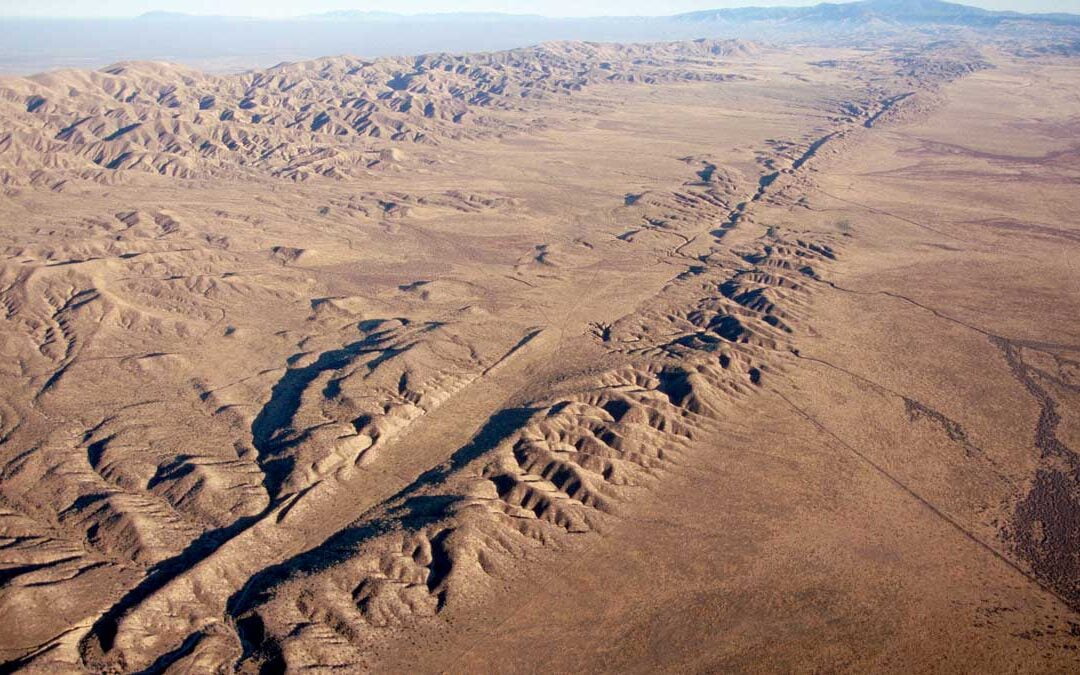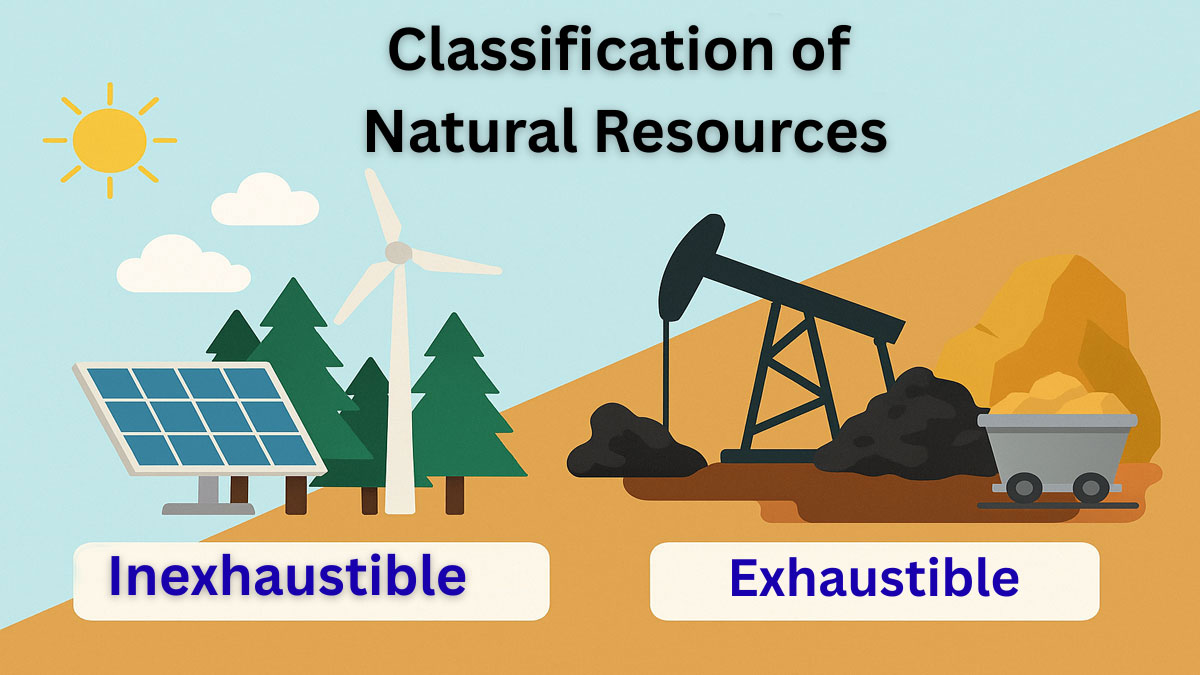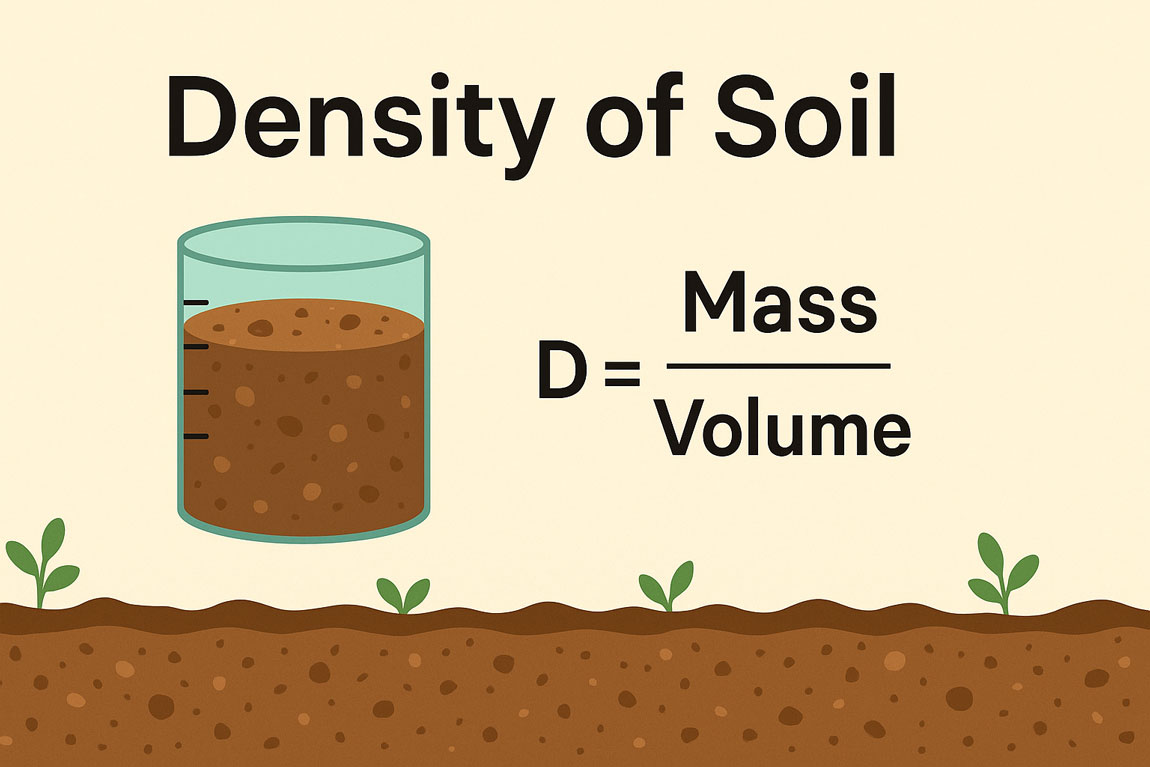
by Gelogia | Sep 23, 2024 | Physical Geology & Geomorphology, Structural Geology
Historical geology is, however, more than just a recitation of past events. It studies a dynamic planet that has changed continuously during the past 4.6 billion years. In addition to determining what occurred in the past, geologists are also concerned with explaining...

by Gelogia | Sep 8, 2024 | Physical Geology & Geomorphology, Structural Geology
Mountain building refers to the geological process that forms mountain ranges. It is caused by plate movements such as continental collisions, volcanism, and the folding and warping of the Earth’s crust. Over millions of years, these forces shape landforms and...

by Gelogia | Aug 27, 2024 | Physical Geology & Geomorphology, Structural Geology
Three primary structural units of the earth CRUST MANTLE CORE These structures are divided based on seismic waves (P and S wave velocities) 1. Major Characteristics of Crust The crust is the Outermost and thinnest layer It is relatively cool and consists of hard rocks...

by Gelogia | Jun 6, 2023 | Structural Geology
The San Andreas Fault is one of the most well-known geological features in the world, running approximately 800 miles through the state of California, USA. This fault line has captured the fascination of scientists, geologists, and the public alike due to its...

by Gelogia | Nov 15, 2022 | Petrology, Uncategorized
Metamorphic Textures Small-scale features that occur in virtually all of the rock body at the microscopic scale The term ‘Fabric’ is also used synonymously. As the rock-forming processes differ among types of metamorphism, the resulting texture is also different....
